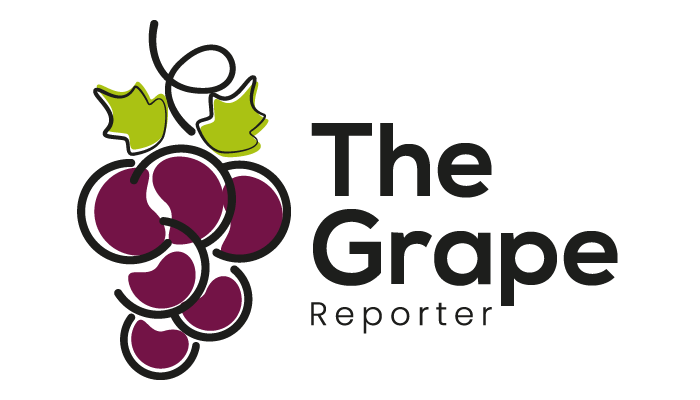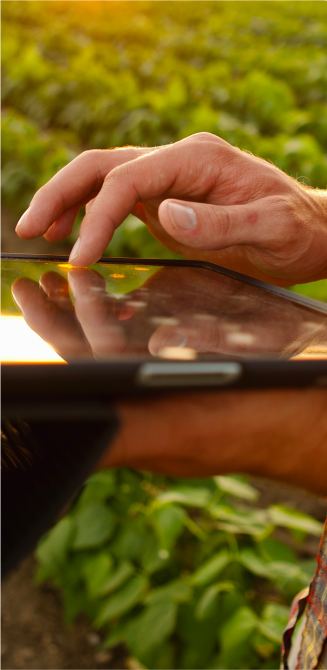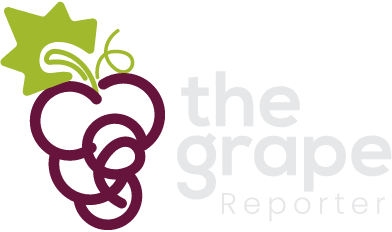Northern Peru's 2024-2025 table grape campaign has seen remarkable growth despite climate challenges. Joaquín Balarezo, general manager of Ecosac, estimates the country will reach a record export of 80 million boxes, surpassing previous seasons. The ongoing water shortage remains a challenge for producers, but the double harvest in Piura highlights the region's ability to innovate and stay competitive in the global market.
On LinkedIn, producers like Benjamín Cillóniz, general manager of Exportadora Safco Perú in Ica, south of Lima, shared encouraging figures about the 2024-2025 Peruvian grape campaign, which is now nearing its end.
Balarezo believes the campaign is progressing well. “It’s been a favorable year for Peruvian table grape exports. At Ecosac, we have exported just over 6.3 million boxes, compared to around 4.9 million boxes last season," he said. "As a country, I estimate we should reach around 80 million boxes, up from about 63 million last season.”

Joaquín Balarezo, Ecosac's General Manager
“There are two key aspects to this campaign: volume and international price. Prices in different markets have been strong due to a lower supply from some countries,” he added.
The main challenge for Peruvian grapes, as with other crops in the country, is climate change. “In the 2022-2023 campaign, the El Niño phenomenon affected the harvest, leading to lower productivity and quality. The 2023-2024 campaign in the north began with an irrigation water shortage we had never experienced before, and recovery is only now starting to be seen,” he explained.
After many years, producers in Piura have suffered from extreme irrigation water shortages. In some cases, agriculture was severely impacted during the first three months of the hydrological year—September, October, and November—resulting in crop losses.
“Since January, water volume in the Chira River, the main contributor to the Poechos reservoir, has improved and continues to do so. However, if we accumulate contributions up to today, the final volume still places us in the ‘Normal Dry Years’ category. The situation in the Piura River is very similar. Only this month are rains forecasted in the Piura highlands, which should soon reflect in its flow, but at the moment, it remains dry,” Balarezo said.

Double harvest in the north
He stressed that agriculture in Piura must prepare tubular wells, similar to those used in Ica, to ensure a more reliable irrigation water supply. “More state infrastructure is also needed, additional reservoirs should be developed, and existing resources should be better managed,” he said.
On whether Peru can still learn from Chile and South Africa regarding table grapes, he said, “We can always learn from other table grape-producing countries; we are collaborators and open to sharing experiences.”
Peru’s climate allows for the rapid testing of new varieties, an advantage over other countries. “Our climate is diverse, and we can develop many varieties. The climate in the north is very different from that of Ica, allowing us to plant and harvest within the same year. This means trial results are obtained more quickly. For example, some varieties, such as Sugar Crisp, Arra 15, and Escarlota, are now being harvested twice a year—something previously considered impossible,” he said.
*Photos courtesy of Ecosac
The first edition of GrapeTech will be held on June 18 at the Casino Monticello Event Center. The event, organized by UvaNova and Yentzen Group, will be the most important technical event on table grapes in Chile and will bring together world experts to provide technical aspects that allow the growth of the industry, such as post-harvest issues, crop management, analysis of new varieties and nutrition, among others. More information at events@yentzengroup.com or visit www.grapetechconvention.com.


































